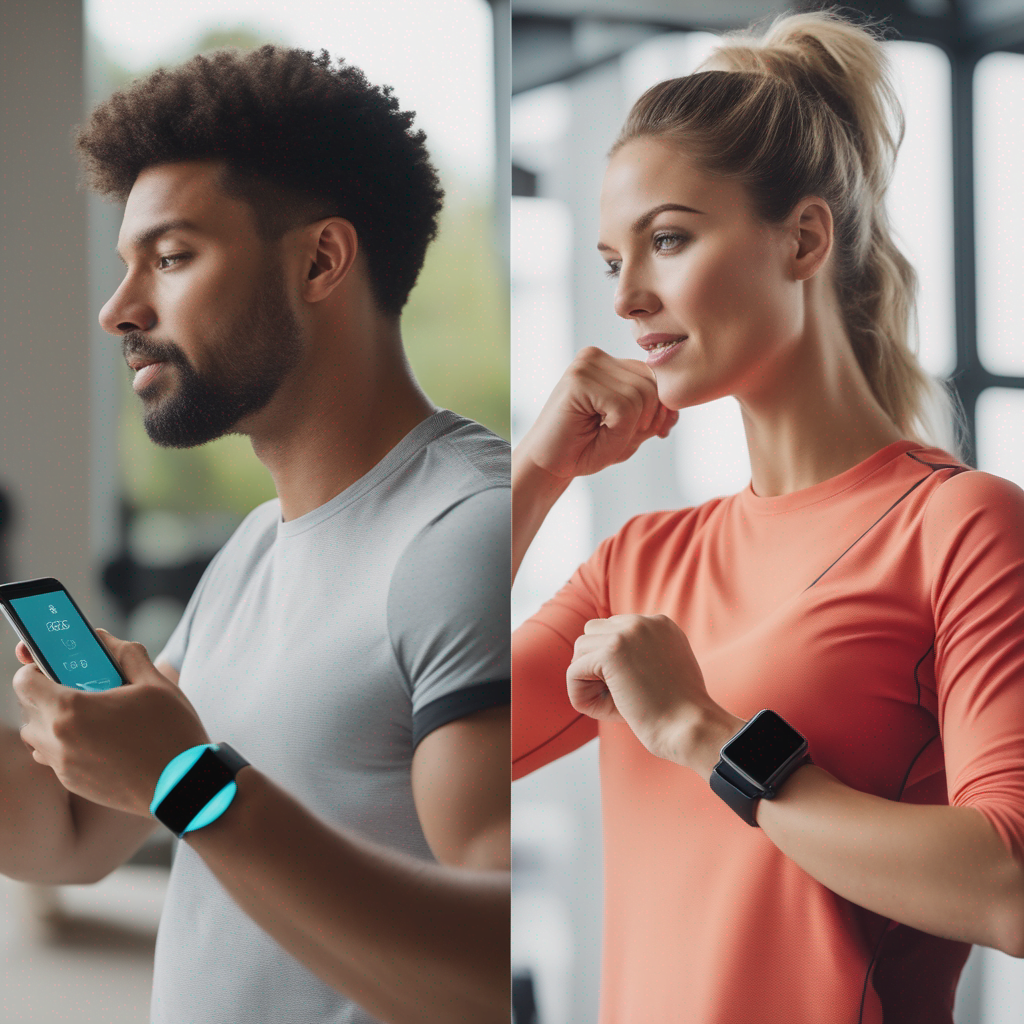
Shaping the Exercise Clock – Timing Your Workouts For Maximum Benefit
Give me a drumroll, because we’ve got a gamechanger on our hands! Sweating it out at the gym isn’t just about putting pedal to the metal, it’s also about when you choose to shake that tail feather. A recent study suggests that the timing of our exercise could have a significant effect on our health – even impacting the likelihood of developing Type 2 diabetes. Now, isn’t that worth setting the alarm for!
Running Against the Clock
Research published in Diabetologia by some boffins from Harvard—yes, that Harvard—found that timing of physical activity can play a part in managing the risk of Type 2 diabetes. With approximately 1 in 10 Americans living with diabetes, and the majority of those being Type 2, honey, this isn’t something we should sleep on.
While we all know that staying active can keep you in those skinny jeans, boost your mood, help you snooze like a baby, and keep your ticker ticking, the new frontier is exploring when is the best time to get those endorphins flowing.
Time to Exercise and Sweat the Small Stuff
Scientists had over 93,000 individuals (average age of 62) get jiggy with it wearing an accelerometer on their wrist for a week – and before you ask, no, it wasn’t an Apple Watch! The results? We’re talking about different “temporal segments” of morning, afternoon, and evening activity. Here’s the kicker: those that were active in the morning and afternoon had a significantly reduced risk of diabetes compared to those shaking their groove thing at night.
This ties in with other research published in the journal Cell Metabolism, suggesting our body clocks may dictate how we process fat during exercise. Think mice spinning wheels early in their active phase (equivalent to our morning) breaking down fat more effectively.
Exercise Intensity Matters
Now, before you panic about cancelling your bootcamp class, let it be known that the intensity of your workout matters too. The study showed that when our fit family engaged in more vigorous exercise, it had a protective effect regardless of the time of day. So even if you’re doing burpees under the stars, getting your heart rate up provides huge benefits.
Reaping the Gains of Consistent Effort
Another golden nugget from the study? To enjoy the entire buffet of health benefits—whether it’s the running, cycling, or the yoga bar—consistency, alongside intensity, reigns supreme. No matter how you get your steps, a 20-minute run every morning offers the same payoff as two 70-minute gym sessions. So chin up, fitness folks: exercise at any time can slash your risk of Type 2 diabetes. But for those preferring a gentler pace, an early-bird routine may just work wonders.
To Conclude-
- Timing of physical activity may influence health benefits, even affecting risk of Type 2 diabetes.
- Active individuals in the morning and afternoon had a reduced risk of diabetes than those who exercise in the evening.
- Intensity of exercise plays a significant role, with vigorous exercise offering protective benefits regardless of the time of day.
- Consistency and intensity in exercise routines can offer similar health advantages, indicating total activity is what counts, not timing.
- However, for those preferring gentler activity, early morning workouts could potentially reduce risk further.
And as always, I’ll leave you with this tidbit: whether you’re a morning lark or a night owl, lace up those sneakers, put on your favourite playlist, and just get out there! Your body will thank you.
Source Citation: https://www.newsweek.com/scientists-link-timing-exercise-diabetes-risk-1829845



